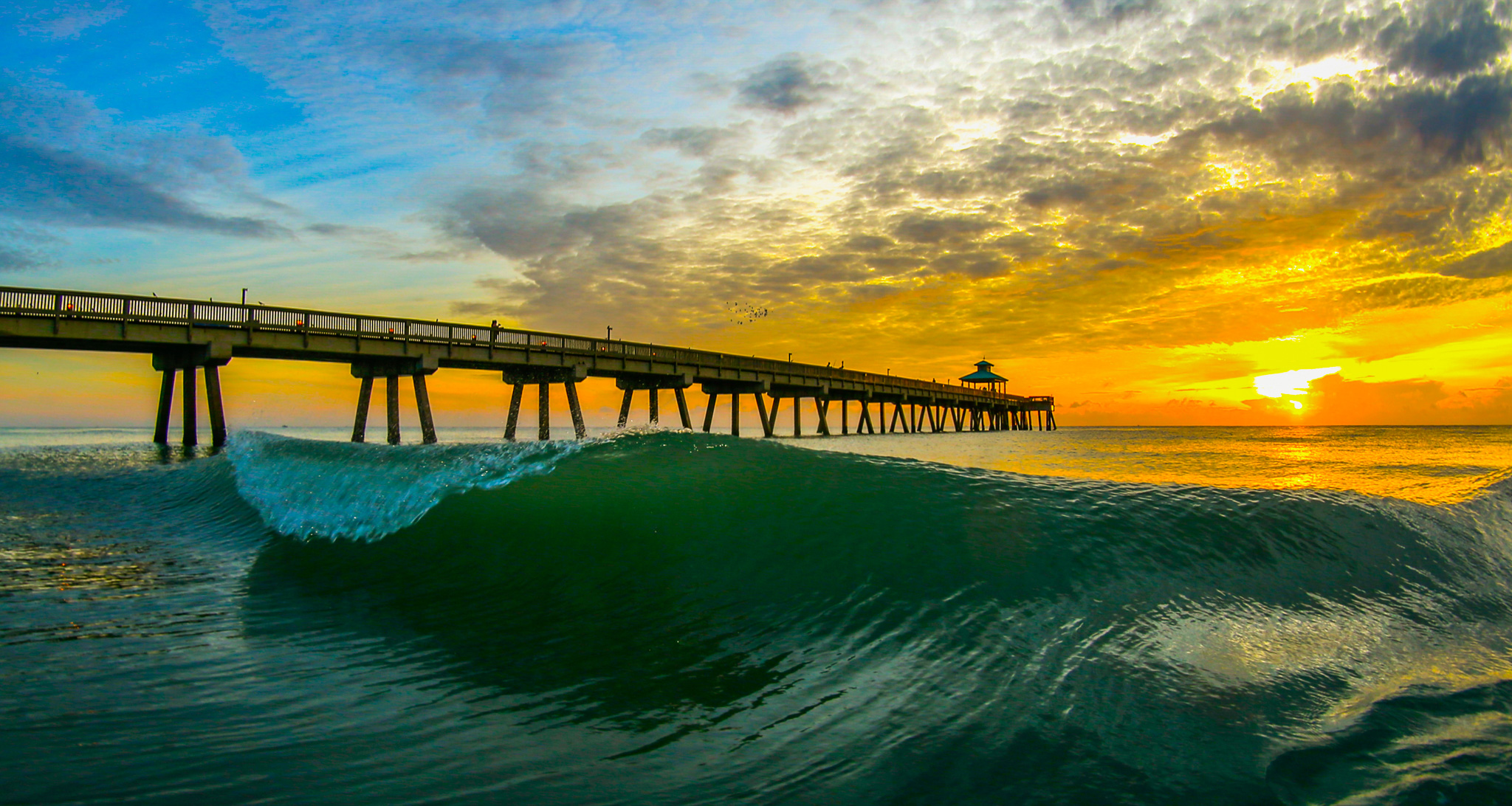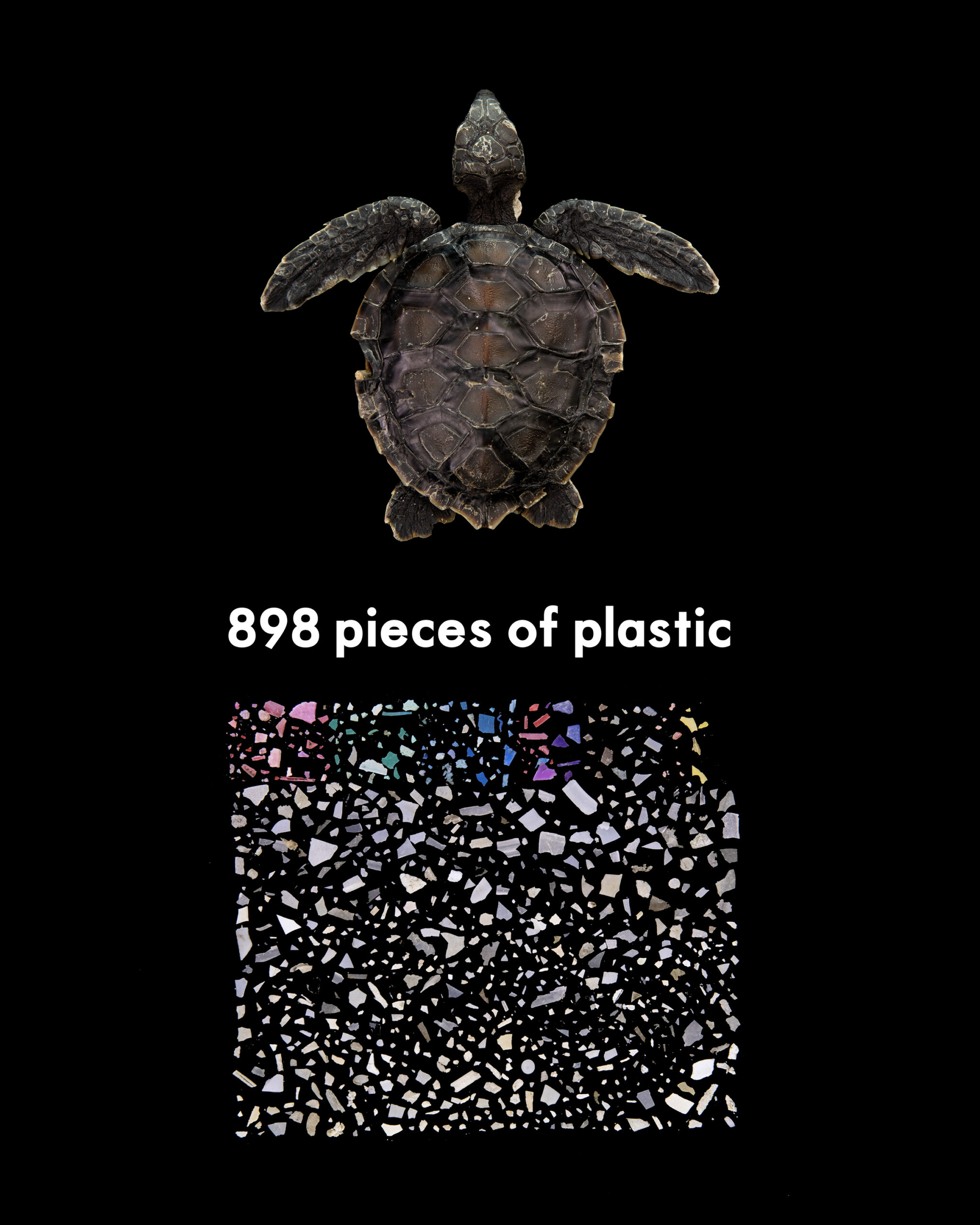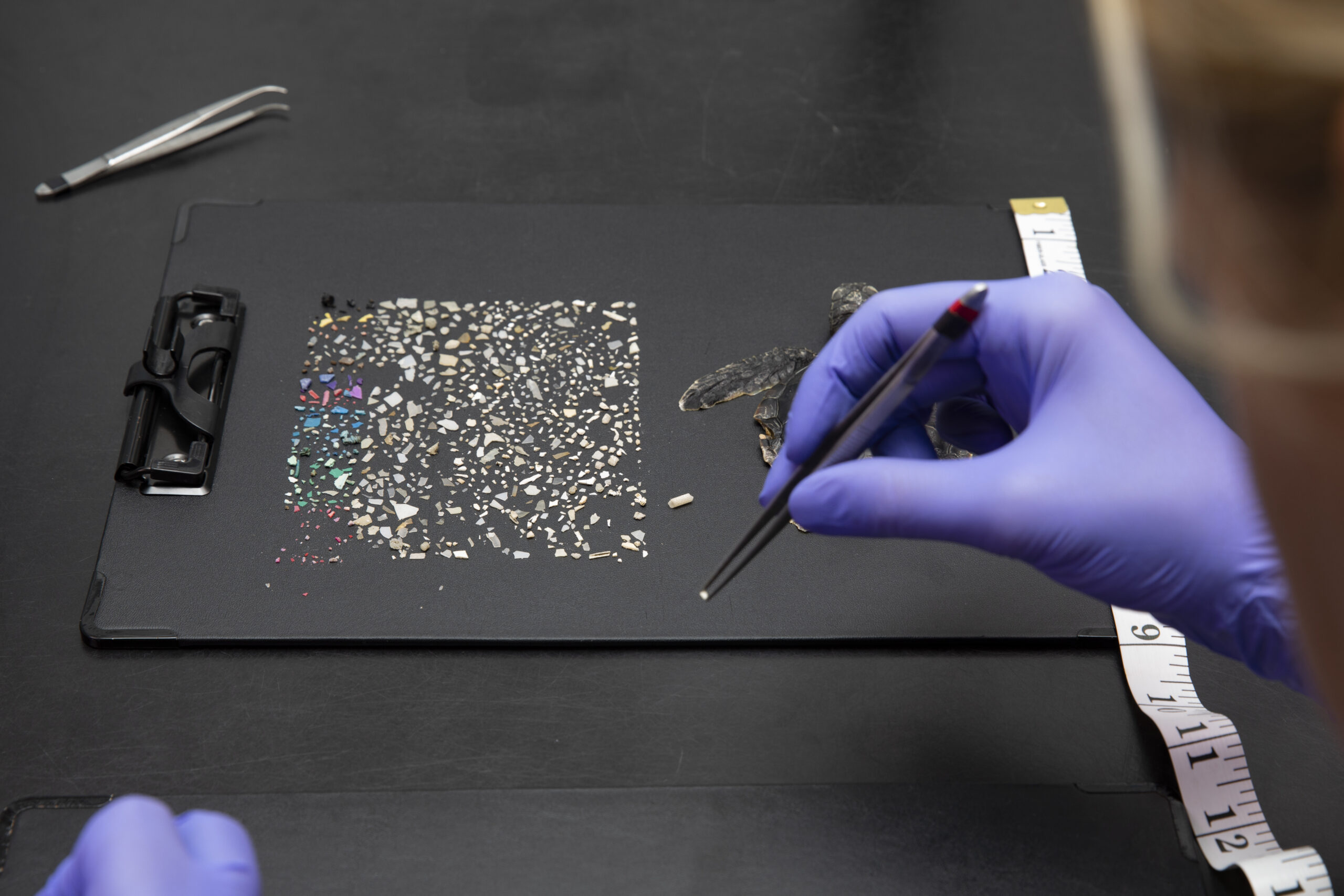
898 Project
The story of
898 Pieces Of Plastic
A sea turtle hatching makes its way to the sea, a difficult journey from the start, dodging the unknown variables as it crawls out of the sand. From the moment it emerges, a layer of predation exists, with herons watching the nests and crabs scurrying across its path to the ocean. But the ocean is where it holds its greatest struggles. The hatchlings, barely five inches in size, make their way through the vast waters, where barracudas, sharks, and other sea life await.
Although all of these natural ecosystems are linked to the dwindling turtle population, nothing compares to the worst threat the ocean now faces: plastic.

Washed-Back Sea Turtles
A couple of years ago, Gumbo Limbo called me to help document a washed-back loggerhead sea turtle. This happens when a post-hatchling sea turtle is washed ashore by strong winds, waves, and storms, often after reaching the Sargasso Sea, a floating seaweed habitat, and is now unable to swim back out.
Hatchling sea turtles are often washed back because they lack the energy to return to sea during the harsh conditions that pull them ashore.
When Gumbo Limbo finds a washed-back turtle, it brings it to its facility for rehabilitation. They provide food, a controlled environment, and care to strengthen the turtle before releasing it back into the wild.
Sadly, this loggerhead didn’t make it back out to sea and passed away while still a hatchling. The staff suspected a more significant threat weakening the turtle: microplastics. So, the Gumbo Limbo team decided to perform a necropsy to determine the cause of death and identify any underlying conditions.
Inside this hatchling sea turtle, 898 pieces of plastic were found, ultimately causing its death.

“The survival of nature weighs heavily on the revival of mankind’s environmental awareness,”
– Ben Hicks.
Documenting this story allows me to share more about my mission with the public and educate people on why it is crucial to reduce microplastics entering the ocean. While this does significantly affect turtles, they are just a small indicator of a global problem.


